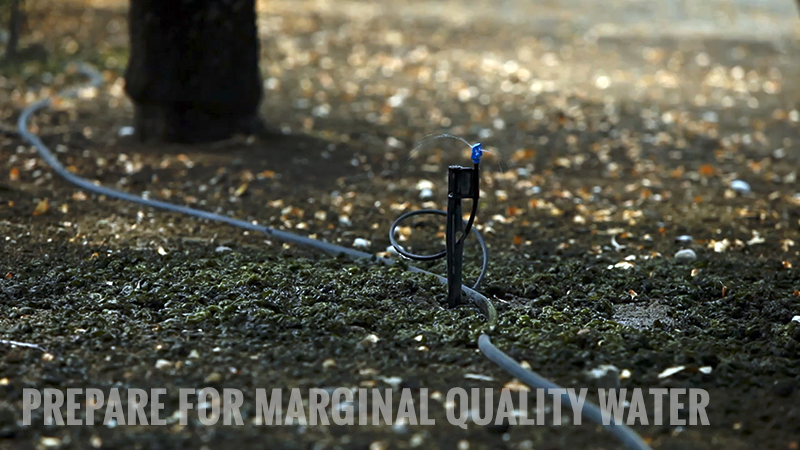What Produce Growers Can Expect in 2021
This is traditionally the time of year to reflect on how your business is going. You assess how your crops performed and make needed adjustments for the coming year.
But this hasn’t been an ordinary year. You need more than yield, sales, and input costs reports to plan your 2021 season.
Here are a couple things I think you need to consider:
Grocery Store Demand
We all know how this sector performed in 2020. Early in the pandemic, sales soared, and retailers narrowed their produce selection. As the first shutdown orders lifted, sales remained robust and store buyers began carrying their less-common vegetables again.
All published projections show vegetable sales in 2020 will be historic.
What can you expect in 2021? Let’s say vaccines cause the pandemic to fade by midyear. Will sales return to pre-pandemic levels as stir-crazy Americans rush out to restaurants?
Unlikely.
The U.S. underwent a rare social reset in 2020. Those who never cooked before began experimenting with baking bread and preparing full meals for their families. Americans spent months learning how to be at home and spend time around the dinner table. They’re not going to ditch all those new skills and habits.
The big question will be to what extent Americans go back to their old habits after the pandemic eases.
Most experts say sales in 2021 will likely weaken compared to 2020, yet they’ll still be very high. The marketing firm Statista projects that vegetable grocery sales will fall 0.4% in 2021. But that’s after a 9.4% jump in 2020.
Let’s put that into dollars. Statista reports vegetable sales came in at $76 billion in 2019. Its 2021 forecast? $82.9 billion.
Restaurant Sales Uncertain
The hardest sector to predict is also the hardest hit — food service.
At some point in 2021, schools will likely be back to normal. Universities will all hold in-person classes. So that portion of the food service industry has a level of predictability.
Not so for restaurants. They’re infamous for being high risk in normal times. So many of those that existed in 2019 are already closed, and more will close their doors before Americans feel safe gathering in enclosed spaces again.
There’s not as much consensus among economists about where the restaurant industry will be this time next year. In fact, you may know more than they do from your regular conversations with distributors and chefs.
The one thing we do know about 2021. The pandemic will release its grip. What our industry looks like this time next year is up to us.
Oh, One More Thing
If you want to do your own dive into what lies ahead in 2021 for the vegetable and produce industry, here are some online resources worth your time:
Statista
In its outlook study for food sales in 2021, Statista has an interactive chart that allows you to view just the sectors you want to see. If you grow fruit and nuts as well as vegetables, you can click off all sectors you do not want to review.
Forbes
In its article “Food Trends Forecast 2021: Being Healthy in a Post COVID-19 World,” Forbes writer Phil Lemert cites several different studies on how the pandemic is impacting consumers’ relationship with food. A few of the more interesting studies include:
54% of consumers are newly focused on healthfulness as a way to keep immune systems strong. For those over 50, that percentage jumps to 63%. As a result, demand for food rich in Vitamin C is up.
But people are also turning to comfort foods from well-established brands.
Another survey found that 74% say cooking has helped them cope with the pandemic. And 32% have taken online cooking classes.
Demand for local foods jumped early in the pandemic and has held steady ever since.
Digital Commerce 360
In its article, “5 Predictions: How Things Will Change for Retailers in 2021,” Digital Commerce 360 looks at how the pandemic affected online food sales. In a nutshell, online buying is up. Way, way up – 33% year over year.










